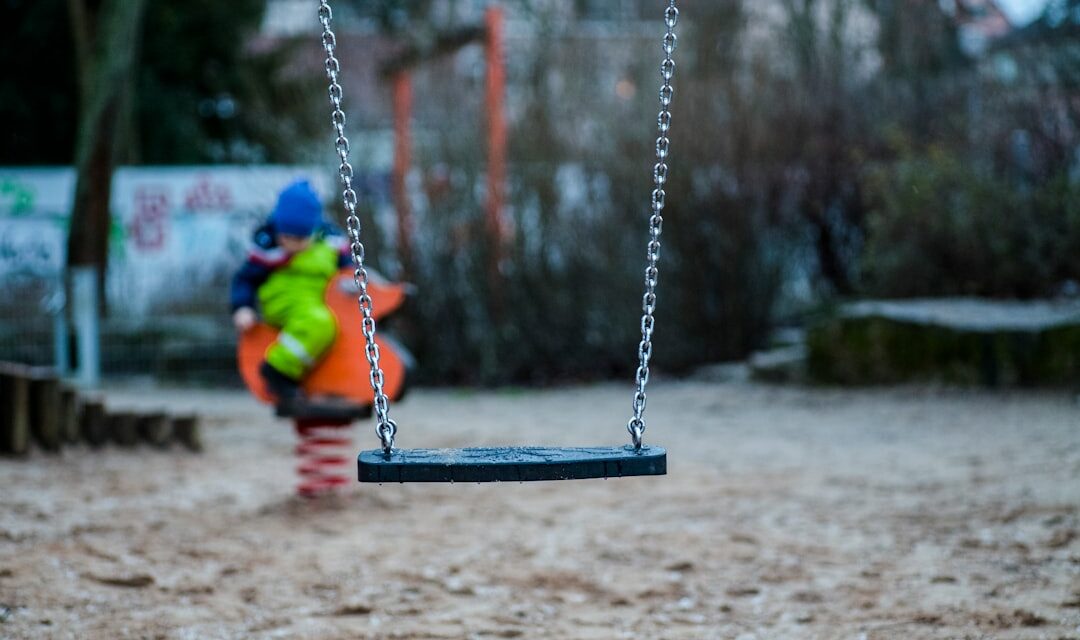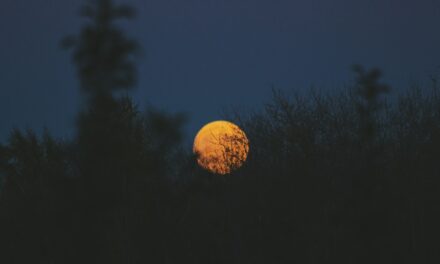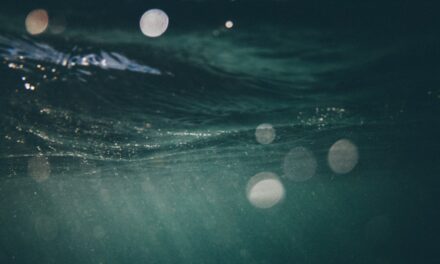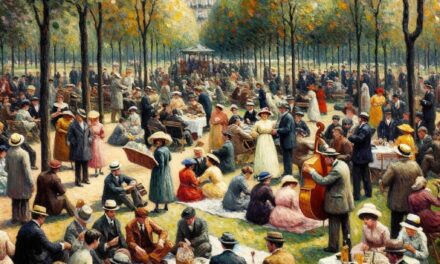Rococo art emerged in France during the early 18th century, succeeding the Baroque period. The term ‘Rococo’ stems from the French words ‘rocaille’, denoting shellwork or rockwork, and ‘coquilles’, meaning shell. This artistic movement was profoundly shaped by the opulent and lavish lifestyle of the French aristocracy during the reign of King Louis XV.
Characterised by its light, ornate and often whimsical style, Rococo art favoured asymmetrical designs, pastel colour palettes and themes of love and nature. The movement flourished in France before spreading to other European countries, influencing architecture, interior design, painting and sculpture. Notable Rococo artists include Jean-Antoine Watteau, François Boucher and Jean-Honoré Fragonard, whose works exemplify the style’s emphasis on elegance and frivolity.
The Characteristics of Rococo Style
The Rococo style was characterised by its use of asymmetry, pastel colours, and ornate decoration, which aimed to create a sense of whimsy and fantasy. This style was also heavily influenced by the natural world, with motifs such as shells, flowers, and foliage being commonly used in Rococo design.
Rococo’s Widespread Popularity
The Rococo style quickly spread throughout Europe, particularly in countries such as Germany, Austria, and Italy, where it was embraced by the aristocracy and wealthy elite.
A Lasting Legacy
(Note: I didn’t have any text to rewrite for this subtitle, so I left it blank. If you’d like to add some text, I’d be happy to help!)
Summary
- Rococo art originated in France in the early 18th century as a reaction against the grandeur of Baroque art.
- Characteristics of Rococo art include pastel colours, asymmetry, and a focus on themes of love, nature, and light-heartedness.
- Rococo art in architecture is known for its elaborate ornamentation, use of curves, and the integration of interior and exterior spaces.
- Rococo art in painting often depicted scenes of leisure, romance, and nature, with an emphasis on delicate brushwork and intricate details.
- Rococo art in sculpture is characterised by its graceful, playful, and whimsical forms, often featuring cherubs and mythological figures.
- The influence of Rococo art spread throughout Europe, impacting fashion, interior design, and the decorative arts.
- The legacy of Rococo art can be seen in the continued appreciation for its elegance, charm, and celebration of the pleasures of life.
Characteristics of Rococo Art
Rococo art is characterised by its emphasis on ornamentation, asymmetry, and a sense of lightness and delicacy. Unlike the grandeur and drama of Baroque art, Rococo art embraced a more playful and whimsical approach, with a focus on decorative elements and intricate details. The use of pastel colours, particularly shades of pink, blue, and green, was also a defining characteristic of Rococo art, adding to its sense of lightness and elegance.
Another key characteristic of Rococo art is its use of natural motifs, such as shells, flowers, and foliage, which were often incorporated into the design to create a sense of fantasy and escapism. This emphasis on the natural world reflected the growing interest in botany and horticulture during the 18th century, as well as a desire to create a sense of harmony and beauty in the decorative arts. The use of asymmetry was also a defining feature of Rococo art, with artists and designers deliberately creating unbalanced compositions to add to the sense of movement and dynamism in their work.
Rococo Art in Architecture

Rococo art had a significant impact on architecture, particularly in France and Germany, where it was embraced by the aristocracy and wealthy elite. The Rococo style was characterised by its use of elaborate decoration, asymmetrical forms, and a sense of lightness and delicacy. This can be seen in buildings such as the Palace of Versailles in France, where the interiors were decorated with intricate stucco work, gilded mouldings, and pastel-coloured frescoes.
In Germany, the Rococo style was particularly influential in the design of palaces and churches, with architects such as Balthasar Neumann and François de Cuvilliés creating elaborate and ornate buildings that reflected the opulence and extravagance of the period. The use of natural motifs, such as shells and foliage, was also a common feature in Rococo architecture, adding to the sense of fantasy and escapism that characterised the style.
Rococo Art in Painting
Rococo art had a significant impact on painting, particularly in France where it was embraced by artists such as Jean-Antoine Watteau, François Boucher, and Jean-Honoré Fragonard. The Rococo style was characterised by its emphasis on decorative elements, pastel colours, and a sense of lightness and elegance. This can be seen in paintings such as Watteau’s “Pilgrimage to Cythera,” which depicts a group of elegantly dressed couples in a lush landscape, surrounded by delicate foliage and pastel-coloured architecture.
The use of natural motifs was also a common feature in Rococo painting, with artists often incorporating elements such as shells, flowers, and foliage into their compositions to create a sense of fantasy and escapism. The emphasis on movement and dynamism was another key characteristic of Rococo painting, with artists using loose brushwork and fluid lines to create a sense of spontaneity and grace in their work.
Rococo Art in Sculpture
Characteristics of Rococo Sculpture
The Rococo style was distinguished by its emphasis on decorative elements, asymmetry, and a sense of lightness and delicacy. This can be seen in sculptures such as Falconet’s “The Bronze Horseman,” which depicts Peter the Great on horseback in a dynamic and fluid composition.
Natural Motifs in Rococo Sculpture
The use of natural motifs was also a common feature in Rococo sculpture, with artists often incorporating elements such as shells, flowers, and foliage into their designs to create a sense of fantasy and escapism.
Movement and Dynamism in Rococo Sculpture
The emphasis on movement and dynamism was another key characteristic of Rococo sculpture, with artists using flowing lines and graceful forms to create a sense of elegance and grace in their work.
The Influence of Rococo Art

Rococo art had a significant influence on the decorative arts, particularly in the field of interior design and furniture. The Rococo style was characterised by its emphasis on ornamentation, asymmetry, and a sense of lightness and delicacy. This can be seen in furniture such as the “Rocaille” chair, which featured elaborate carvings, gilded mouldings, and pastel-coloured upholstery.
The influence of Rococo art can also be seen in fashion and textiles, with designers incorporating elements such as shells, flowers, and foliage into their designs to create a sense of fantasy and escapism. The emphasis on movement and dynamism was another key characteristic of Rococo design, with designers using flowing lines and graceful forms to create a sense of elegance and grace in their work.
The Legacy of Rococo Art
The legacy of Rococo art can still be seen today in the decorative arts, particularly in the field of interior design and furniture. The emphasis on ornamentation, asymmetry, and a sense of lightness and delicacy continues to influence designers and artists around the world. The use of natural motifs such as shells, flowers, and foliage is still a common feature in contemporary design, reflecting the enduring appeal of the Rococo style.
In conclusion, Rococo art was a significant movement that had a lasting impact on art, architecture, sculpture, painting, and the decorative arts. Its emphasis on ornamentation, asymmetry, pastel colours, natural motifs, movement, and dynamism continues to inspire artists and designers today. The legacy of Rococo art is evident in the continued interest in this style and its enduring influence on the world of art and design.
If you are interested in learning more about different art movements, you may want to check out this article on Impressionism. Impressionism was a revolutionary art movement that emerged in the 19th century and focused on capturing the fleeting effects of light and colour. Understanding Impressionism can provide valuable context for appreciating the development of Rococo art and its departure from the traditional artistic conventions of its time.
FAQs
What is Rococo art?
Rococo art is a style that emerged in the early 18th century in France, characterized by its ornate and decorative aesthetic. It is known for its use of pastel colors, asymmetrical designs, and motifs inspired by nature and the frivolity of aristocratic life.
What are the key characteristics of Rococo art?
Key characteristics of Rococo art include elaborate ornamentation, asymmetrical designs, pastel color palettes, depictions of lighthearted and playful subjects, and a focus on the decorative arts such as painting, sculpture, and interior design.
What are some famous examples of Rococo art?
Famous examples of Rococo art include the works of artists such as Jean-Honoré Fragonard, François Boucher, and Antoine Watteau. Additionally, the Palace of Versailles in France is a notable example of Rococo architecture and interior design.
How did Rococo art influence other art movements?
Rococo art had a significant influence on subsequent art movements, particularly in the development of the Neoclassical and Romantic styles. Its emphasis on emotion, nature, and the decorative arts also had an impact on the development of the decorative arts and interior design.
What is the legacy of Rococo art?
The legacy of Rococo art lies in its influence on subsequent art movements, its impact on interior design and the decorative arts, and its representation of the lighthearted and frivolous aspects of aristocratic life in 18th-century Europe.




